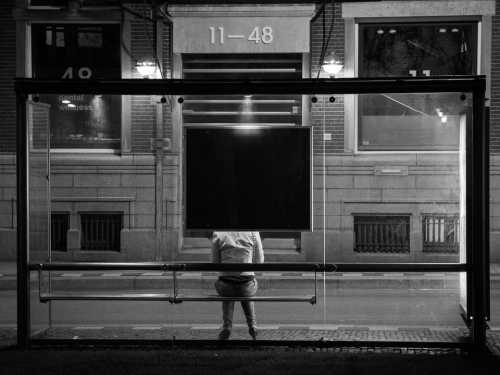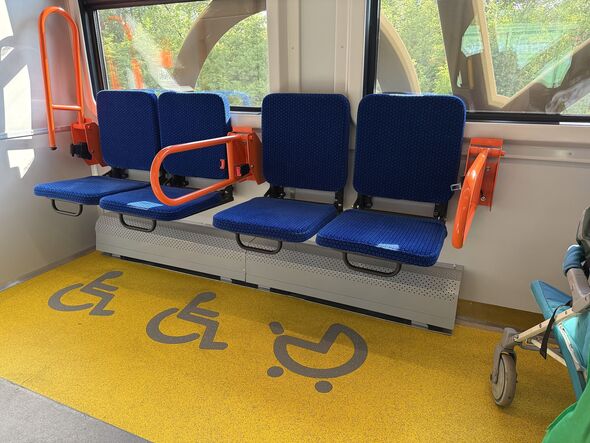
Those who have been to Germany know that there are bus stops there that are impossible to get off. And these are not abandoned stops, they are installed on purpose.
Such stops are always properly equipped, marked with an appropriate sign, have a bench, a canopy, and even a fake timetable, which makes them as similar as possible to the real ones.
In Germany they are called “fiktive Bushaltestellen” or “Scheinbushaltestellen”. Although this is not a purely German phenomenon, similar solutions are also used in other countries (e.g. the UK, the Netherlands).
And many people may not understand the purpose of such structures, perceiving them as oddities.
So, let's talk about why they are needed.
An important detail is that these stops are almost always located in the immediate vicinity of nursing homes, psychoneurological dispensaries, hospitals, rehabilitation centers. Sometimes in the courtyards of these institutions.
In this way, individual institutions try to care for elderly people suffering from dementia, Alzheimer's disease, and other mental disorders.
Upon seeing the stop, a person with a disability who is lost may decide to wait for the bus. This gives the facility staff the opportunity to find them and return them to the care of medical personnel and family.
The psychological mechanism is that many people with dementia retain memories of routines and social norms from the past. Waiting for the bus is a familiar and socially acceptable way to deal with the problem of “getting lost” or wanting to “go home.” The stop becomes a “gathering point” or “safe zone” where the person feels obligated to stay. This also reduces anxiety and panic because the person feels “in control” of the situation while waiting for transportation.





